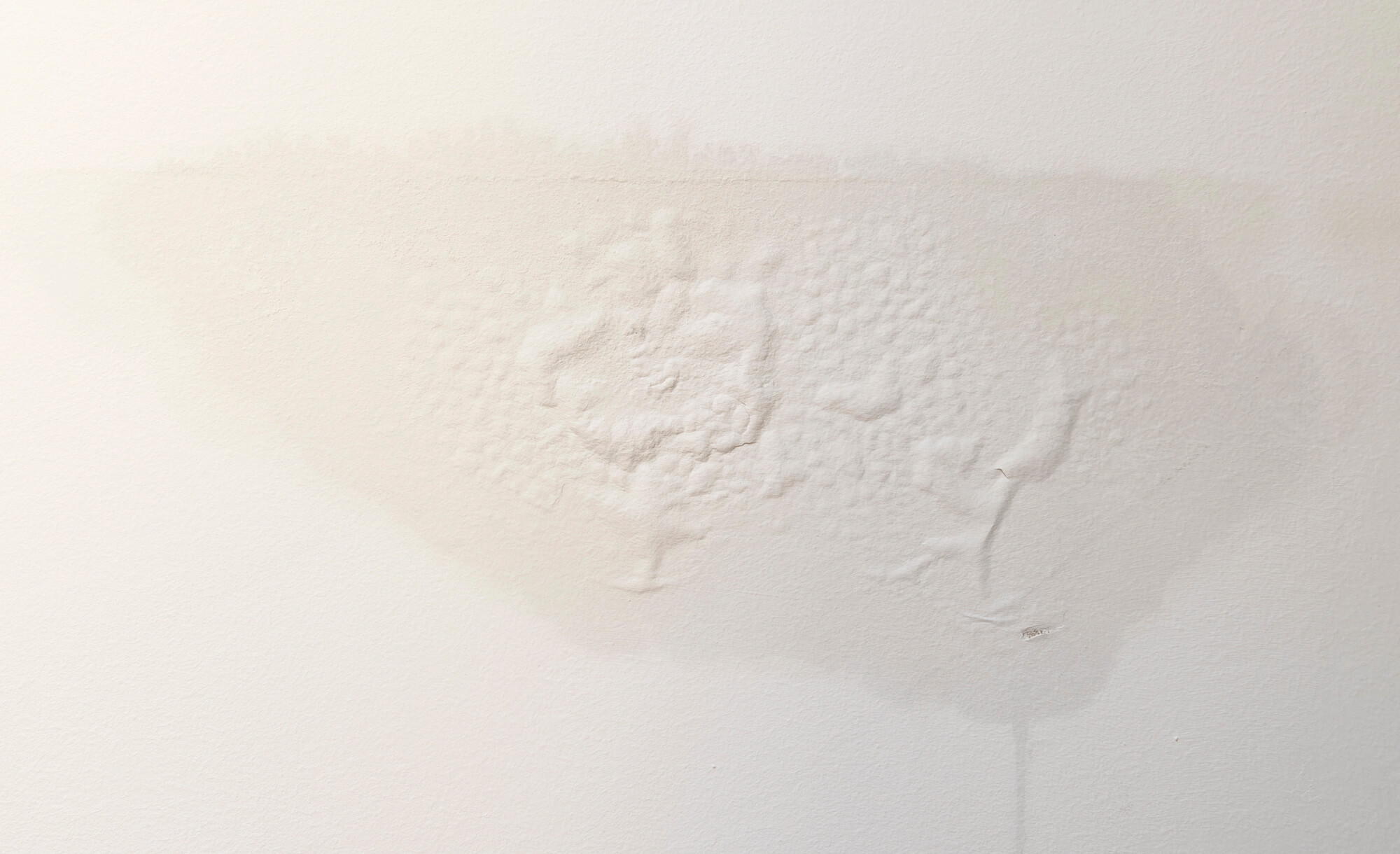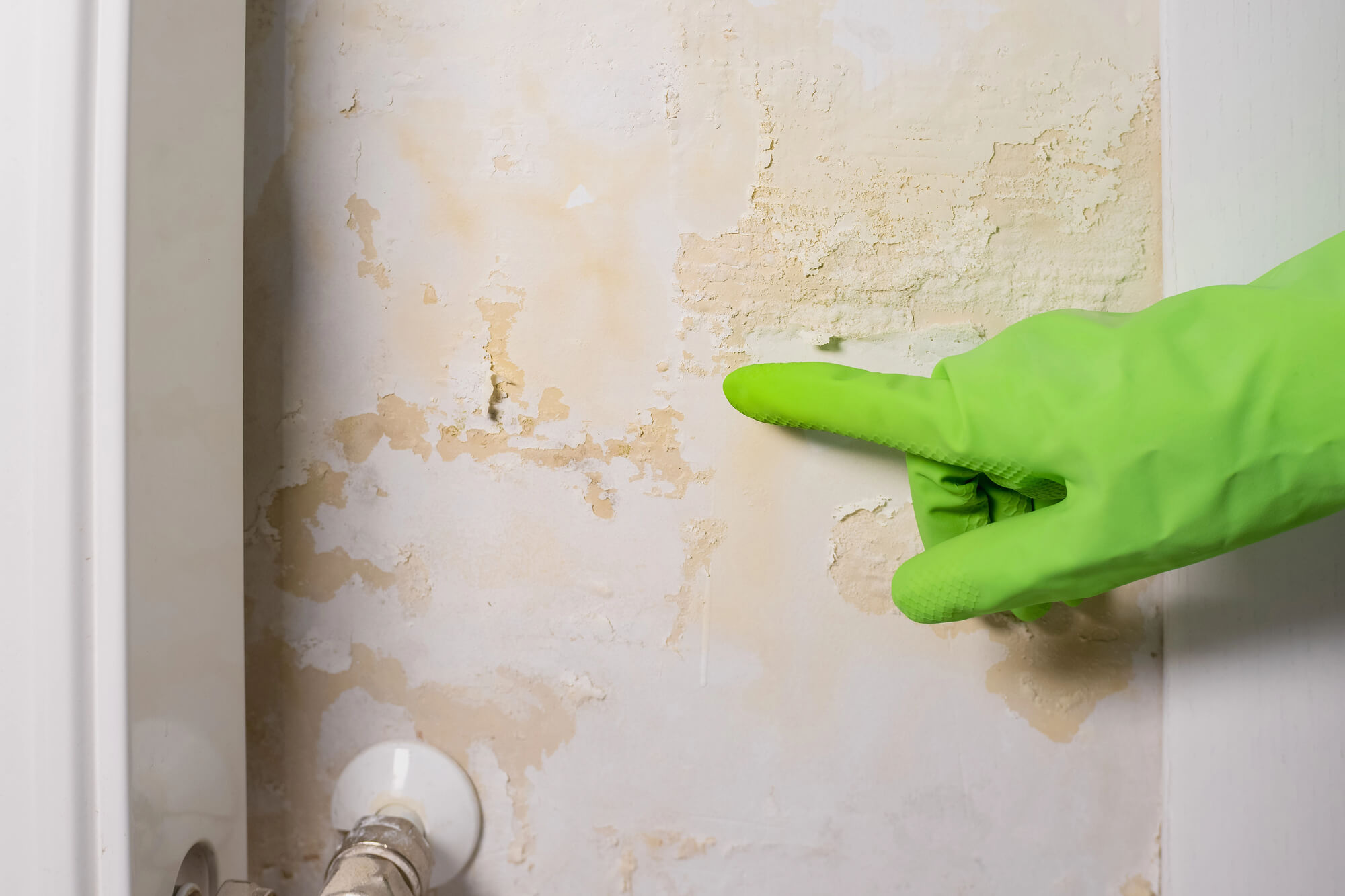If you’ve noticed water pooling around your home’s foundation after a rainstorm, or even on a sunny day, it’s not just a landscaping issue. Standing water is a serious warning sign that your interior and exterior drainage system or soil grading may be putting your property at risk. When left untreated, water pooling near the foundation can lead to foundation cracks, water damage, mold, hydrostatic pressure, and even slab heave.
In this post, we’ll walk through why water accumulation around the base of your home matters, what causes it, how to fix it, and what long-term waterproofing solutions and drainage improvements you can apply to keep your foundation strong and your home healthy.
Why Water Pooling Near the Foundation Is a Big Deal
Water pooling near your home’s foundation isn’t just an eyesore; it signals potential problems that could jeopardize the structural integrity of your home.
The Threat to Your Home’s Foundation
Even small amounts of standing water can lead to major issues over time. As the water seeps into the ground, it saturates the soil and applies hydrostatic pressure on your basement walls or concrete slab. That pressure can cause cracking walls, water seepage, and structural instability. Over time, it erodes the foundation drainage system, potentially undermining your home’s foundation.
The Threat to Your Indoor Air Quality
When water infiltration becomes consistent, the excess moisture will affect indoor air quality, both directly and indirectly.
Mold and mildew thrive in damp conditions, especially near drywall, flooring, or framing. A dehumidifier may help, but the root problem—foundation drainage problems—must be addressed before mold leads to respiratory problems.
Common Causes of Water Pooling Near Foundations
Standing water in your basement or next to your exterior walls can come from a wide range of sources, and sometimes even have more than one at the same time: stormwater that has no way to go because of the soil grade, groundwater seeping in, blocked or broken drain pipes and underground pipes, and even a bad yard drainage system.
Poor Soil Grading and Landscape Slope
The soil around your house should slope away from the structure, which is what is called a positive slope. If it doesn’t, rainwater will drain back toward the foundation because of a negative slope, causing repeated saturation. Improper landscape grading or garden beds built too close to the wall can make things worse.
Inefficient or Damaged Gutter Systems
Clogged or broken gutters, drip edges, or downspouts can’t redirect water effectively. If water spills over gutter edges or exits too close to the house, it may pool directly against the foundation wall. Always check for clogging and ensure gutter systems are connected to functioning extensions or drainage pipes.
Lack of a Proper Drainage System
Homes without French drains, sump pumps, surface drains, or dry wells are more vulnerable to problems with standing water. When groundwater levels rise or soil saturation becomes chronic, the lack of an exit point for the water causes pooling.
Soil Composition and Moisture Retention
Expansive clay soils, common in areas like San Antonio, absorb and retain water. When the soil swells, it can push up on the slab, a process called slab heave, and when it dries, it contracts and settles unevenly. This constant movement leads to foundation cracks and moisture infiltration.
Signs That Water Pooling Is Affecting Your Foundation
If you’re unsure whether your foundation is already impacted by standing water, look for these warning signs:
- Cracks in your basement walls, concrete slab, or exterior masonry.
- Water stains, bubbling paint, or mold growth on interior lower walls.
- Musty smells or visible condensation in the basement or crawl space.
- Shifting floors or doors that no longer close properly.
- Soggy areas of the garden, lawn, or flower beds that never dry.
- Moss or mildew stains near the base of your home’s exterior.
Immediate Steps to Take When You See Water Pooling
It may look harmless, but any standing water that’s been on your property near or in your home for a few days, while the rest of the area around is dry, should be cause for concern and prompt these immediate steps to be taken.
Check Gutters and Downspouts
Start by cleaning out your gutters and inspecting the system. Make sure:
- Downspouts extend at least 4–6 feet from the house.
- No joints are leaking or disconnected.
- You have flashing and drip edges that direct rainwater away from the structure.
Improve Soil Grading Around the House
Add topsoil around the base of the home to create a slope that directs water away. This form of soil grading is one of the simplest and most effective fixes to redirect surface runoff and prevent water damage.
Install Temporary Water Diversion Tools
You can use splash blocks, swales, or even shallow trenches as an emergency diversion. These may not solve the root problem, but they will help during storms. Consider placing a portable sump pump in areas with heavy pooling.
Long-Term Drainage Solutions to Prevent Water Pooling
Homeowners who want to see their property stable and valuable for many years can’t only worry about removing pooling water once and call it a day. They need these long-term solutions.
French Drains and Curtain Drains
These below-ground drainage systems collect water and redirect it through pipes to a safe discharge area. French drains with geotextile fabric and gravel are effective at reducing soil saturation next to the foundation.
Dry Wells
Dry wells are underground chambers that collect and gradually release excess rainwater. They are ideal for properties with limited natural drainage or low-lying areas.
Sump Pump Installation
A sump pump collects water from under the property and pumps it away. This is a must-have foundation drainage solution for homes with basements or in areas with high water tables.
Rain Gardens
A rain garden is a landscaped area designed to absorb and filter stormwater. Planted with deep-rooted native vegetation and water-loving plants, these gardens can reduce runoff and add beauty to your landscape design. They’re a favorite among summer gardening enthusiasts and landscape pros alike.
Permeable Paving and Walkways
Permeable paving allows water to filter through the surface and into the soil, preventing runoff from driveways, patios, or outdoor areas. Options include permeable pavers, gravel, and certain types of porous asphalt.
Swales
Swales are shallow, gently sloped ditches or channels that redirect water away from the home. They can be lined with grass, gravel, or stone, and are often integrated into landscaping solutions to slow down and spread out water flow. Swales are particularly useful in large yards or properties with uneven terrain and help guide flow safely away from your home while also promoting absorption into the soil.
When to Call a Foundation Repair or Drainage Specialist
If you’ve already spotted signs of water damage, cracks, or water seepage, it’s time for a professional foundation inspection. Experts can assess:
- Your existing drainage and gutter systems.
- Underlying issues like leaks, water under the foundation, or high water tables.
- Whether you need crack sealing, wall stabilization, or waterproofing solutions.
Look for licensed foundation repair contractors that offer a repair quote, written reports, and a transferable warranty.
How Above All Foundation Repair Can Help
At Above All Foundation Repair, we specialize in diagnosing and resolving water issues around your foundation. Our services include:
- Foundation crack inspection and repair using epoxy and crack sealing.
- Custom foundation drainage design, including French drains, sump pumps, and soil regrading.
- Long-term basement waterproofing solutions and water diversion systems.
- Advice on landscaping solutions, soil tests, and rainwater redirection.
We understand the unique soil and architecture challenges San Antonio homeowners face, and we’re here to protect your investment with proven solutions.
Standing Water Isn’t Harmless—It’s a Red Flag
Pooling water next to your foundation doesn’t just look like a mess; it’s a sign that your home’s support system could be under attack. From rising hydrostatic pressure to mold, cracks, and soil erosion, the damage adds up quickly.
Whether it’s a leak, improper yard drainage, or just a poorly installed downspout, it’s vital to act quickly. For expert help that brings peace of mind, contact Above All Foundation Repair today to schedule a comprehensive foundation inspection and learn about the right waterproofing and drainage upgrades for your home.
Frequently Asked Questions About Water Pooling Near Foundations
Why does water pooling near my foundation happen after heavy rain?
Water pooling near foundation walls typically occurs when surface water has nowhere to go due to poor drainage or soil that cannot absorb rainwater quickly enough. A negative slope, clogged gutters, or blocked downspouts can cause water to run back toward the house foundation instead of flowing away from the property.
Can standing water really cause foundation damage over time?
Yes, standing water around your building’s foundation can put hydrostatic pressure on basement walls, crawl space areas, or a concrete foundation. This pressure may lead to cracks, leaks, mold growth, and structural problems. Over time, moisture and additional water near the foundation weaken the concrete and can undermine your home’s foundation stability.
What immediate steps make sense if I see water stains or pooling water near my house?
First, check your gutters and downspouts for debris, dirt, or other debris that may be blocked. Extend downspouts at least a few feet away from the foundation and use a garden hose to test how water flows away. Improving soil grading to create a slope away from the foundation and using splash blocks are quick ways to divert water and prevent further water damage.
What long-term drainage solutions help prevent water pooling near a foundation?
Installing a proper drainage system such as a sump pump, French drain, or dry well helps divert water away from the foundation and prevent drainage issues. A rain garden, gravel-filled swales, or permeable materials can also slow down rainwater flow and reduce pooling. These drainage improvements protect the house foundation from erosion, stains, and leaks caused by poor drainage.
How do I know when to call a professional for drainage problems near my home’s foundation?
If you notice recurring water pooling, wet basement walls, mold, or a musty crawl space, it’s time to consult a professional contractor. Experts can evaluate your drainage system, inspect the grade of your landscape, and recommend whether you need crack repair, drainage installation, or waterproofing. Since water coming from the roof, surface runoff, or clay soil movement can all affect your foundation, having expert advice ensures your property stays protected.



